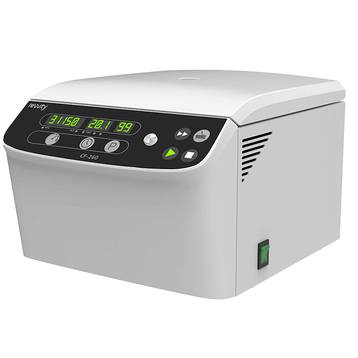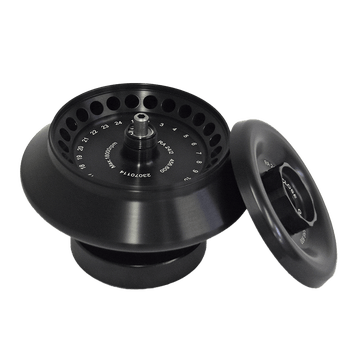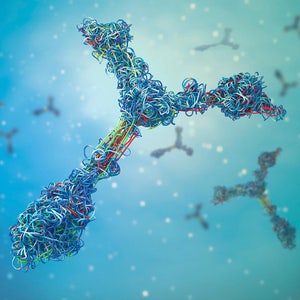Sample centrifugation uses centrifugal force to separate components of differing densities within a sample. Using principles of sedimentation, centripetal force by a rotor and motor accelerates the separation of their components via rotational movement. Centrifuges, therefore, are employed in countless different workflows to separate mixtures into target components, generally as a liquid supernatant or precipitate (pellet) in molecular labs. Several varieties or rotor fixtures and categories of compatible speed levels exist within the universe of centrifuges available, though most will support typical applications include pelleting, phase separation, and ultrafiltration.
Indispensable sample and component separation
Within a molecular biology lab, one could argue that a lab centrifuge is one of the most critical components to a laboratory workflow and numerous protocols in basic cell biology. It is by far, one of the most useful and necessary technology for researchers needing to collect cells, separate out cell debris, precipitate DNA, purify particles, and the list goes on. Sample centrifugation allows sample components to be separated by centrifugal force, where denser materials travel to the bottom as tubes and well-plates are spun at high speeds. Having a reliable lab centrifuge with its supporting rotor accessories permits researchers to maximize the use of their centrifuges for a variety of sample tube or microplate sizes, types, as well as other focused applications.
For research use only. Not for use in diagnostic procedures.














































